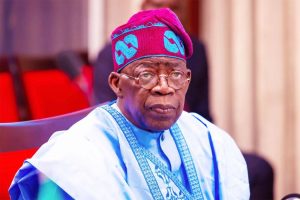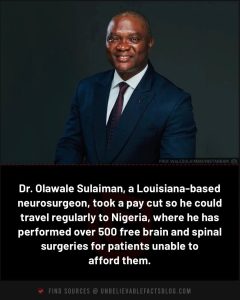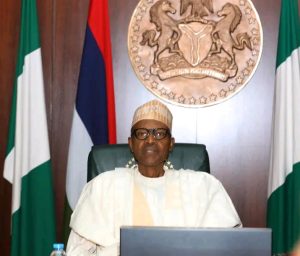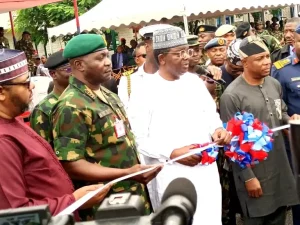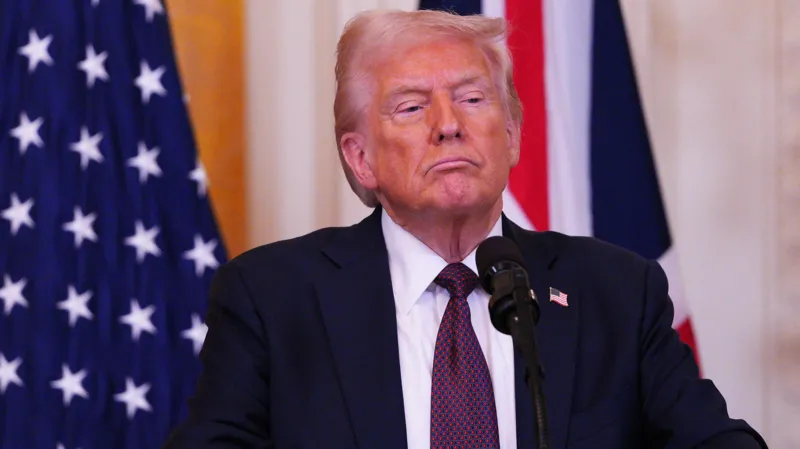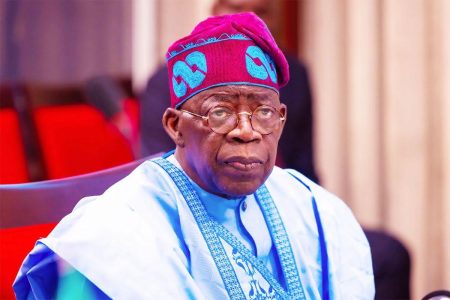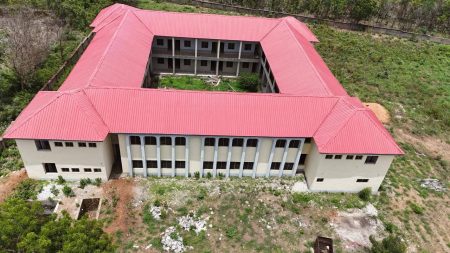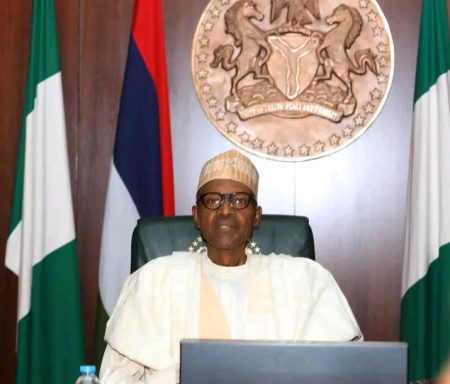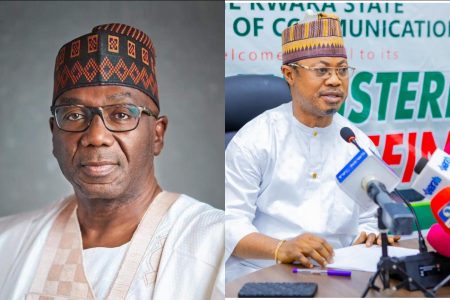In a significant economic declaration, President Donald Trump announced a dramatic escalation of tariffs on imported steel and aluminum, doubling the rate from 25% to a commanding 50%. This aggressive step, unveiled on Friday, is a determined push to revitalize American steel production and lessen reliance on foreign suppliers, especially China.
Addressing an enthusiastic crowd of steelworkers in Pittsburgh, the historic heartland of American steel, Trump declared that the tariffs would secure jobs, boost national security, and fundamentally “put Pennsylvania steel into the backbone of America.” He promised, “There will be no layoffs and no outsourcing whatsoever, and every US steelworker will soon receive a well-deserved $5,000 bonus,” a pledge met with loud applause.
The announcement coincided with news of a major new investment: a $14 billion partnership between US Steel and Japan’s Nippon Steel. Trump stated this deal, reportedly backed by the White House, would inject capital into US steel production and protect American ownership. White House officials later specified that Nippon Steel committed to a 14-month, $14 billion investment, with provisions for US board leadership and a decade-long production guarantee, plus US government veto power over future output changes.
While Trump acknowledged he hadn’t seen the final agreement, he insisted, “At 50%, they can no longer get over the fence,” suggesting the tariffs would effectively block foreign competition.
Steelworkers and union leaders greeted the move cautiously. JoJo Burgess, a United Steelworkers member, remarked, “It is a good day for steelworkers,” acknowledging the effort to “level the playing field for American manufacturing.”
Trump recalled his earlier 2018 tariffs, crediting them with “saving” US Steel, and stressed the need for further action to ensure the industry’s survival against global rivals. US steel output has lagged, with China, India, and Japan leading globally, and the US importing about a quarter of its steel – a figure Trump consistently criticizes.
This latest tariff hike is already stirring international unease. The Trump administration faces ongoing legal challenges over previous tariffs, though the new levies remain unaffected. China, the world’s largest steel producer, reacted sharply after Trump accused Beijing of violating a recent tariff truce. Chinese officials urged the US to “cease discriminatory restrictions against China.” US Trade Representative Jamieson Greer countered that China failed to remove agreed non-tariff barriers, further intensifying the trade friction between the two economic giants.
During his Pittsburgh address, Trump framed the issue in powerful nationalistic terms: “If you don’t have steel, you don’t have a country. You don’t have a country, you can’t make a military. What are we going to do? Say, ‘Let’s go to China to get our steel for the army tanks?’” His campaign promise to block foreign acquisition of U.S. Steel also remains a key focus for his allies, who insist the new deal will preserve American control.
Despite the patriotic rhetoric, economists and trade experts caution that such sweeping tariffs could strain international relations, fuel inflation, and destabilize global markets, echoing concerns from Trump’s first term. Yet, Trump remains resolute, vowing, “We are once again going to put Pennsylvania steel into the backbone of America, like never before.”


